The past couple of days have been BEAUTIFUL - the blue skies and sunshine have been a tonic during a very busy work week. So when I woke up to grey and rainy skies this morning, I decided that instead of sulking I should practice what I preach and walk what’s known in our house as the ‘long loop’, which takes you along a footpath running between fields, through a very satisfying tree tunnel, across an orchard and then back along the river path. AKA, the perfect way to procrastinate and avoid all the things I should actually be doing!
It’s hard to be grumpy about the weather when you’re wrapped up warm, wellies on, watching birds and noticing nature. And today, one thing in particular kept catching my eye: MOSS.
This summer, one of my closest friends moved from Manchester to Melbourne for a couple of years and entrusted me and my partner with a number of his belongings. I’m not sure which was more ill-advised: the whisky collection (which I told him I would happily store in my stomach), or the much-loved bonsai (which, despite having many plants and a love for both nature and gardening, I have no idea how to care for).
Lately, the bonsai has been looking like it was feeling the effects of our central heating and no amount of water seemed to be helping. Luckily, I remembered my friend told me that placing moss around the plant’s roots helps retain water in the soil… so I reached out of my top floor window and started picking moss off the roof, hoping I wasn’t destroying the home of any tardigrades1.
Perhaps it’s because of my bonsai experience (or lack of experience) that I had moss on the brain, but once you start noticing mosses you’ll see they really are amazing…
Mosses are reliant on damp conditions to survive - the male cells need to move via a film of water in order to reach and fertilise the female cells - and they look especially luscious after some rainfall.
Some of the best examples of moss I’ve seen have been in remote parts of Scotland, particularly on a very boggy walk on Arran earlier this year. I was so enthralled by the mosses that I dropped my phone, and because trying to find a phone in a green case amongst a sea of green things is like trying to find a needle in a haystack, my phone was lost forever more (sorry, environment!) and I lost all my photos.
We also saw lots of liverworts on Arran - another type of bryophyte I’d never really noticed before that look a lot like seaweed! Bryophytes are non-vascular plants which absorb water and nutrients from the air through their surface. There are over 1,000 species of bryophte in the UK and around 25,000 worldwide.
Mosses are thought to resemble the first plants to grow on dry land over 400 million years ago. They help to soak up excess water from rainfall, maintaining moisture in the soil and stabilising soil surfaces, enabling other plants around them to thrive (promising for my friend’s bonsai!).
Last year a University of Michigan study, published in Nature Geoscience, suggested that moss might also be an important antidote to the climate crisis. The research team found that mosses capture around 6.43 billion metric tons more carbon in the soil than is stored in bare patches of soil - that’s six times the annual global carbon emissions caused by things like deforestation, mining and urbanisation.
Researchers also found that worldwide, mosses cover more than 3.6 million square miles of land - that’s almost the whole of China!
On top of all those benefits, mosses also provide an important habitat for several creatures, like the tardigrades I mentioned earlier.
So, next time it’s a bit drizzly out, go on the hunt for some mosses and see how many different species you can find (perhaps you can use Leif Bersweden’s #Couchto10Mosses challenge, linked in the Sources & Further Reading section below to help you).
Don’t worry, you don’t have to travel to remote parts of Scotland to find a variety of mosses - you can spot them anywhere - on roofs, walls, trees, pavements, gravestones…
While you’re out, look for fungi and lichen growing amongst the moss too, as they thrive in similar habitats/conditions. Let me know what you find!
Sources and Further Reading
The best way to acquaint yourself with mosses is Leif Bersweden’s #CouchTo10Mosses project, which I hope will run again in January. Here are all the posts from last year to get you started: 1 / 2 / 3 / 4 / 5 / 6 / 7 / 8 / 9 / 10
Leif recommends this Field Guide to Mosses
Field Studies Council also sell really helpful fold-out guides to help you ID mosses while you’re out and about
I loved this BBC podcast about tardigrades Curious Cases: Invincible Moss Piglets
The Magical World of Moss: a fascinating BBC documentary about moss, which I highly recommend (although I’m not sold on the need to send moss - or anything else - to Mars!)
This is a brilliant article on looking for mosses, with tips, by Daniel Harwood
NHM: New group of plants was one of the first to colonise the land
University of Michigan Study: Modest moss supports billions of tons of carbon storage
The British Bryological Society website has all the bryological info you could possibly need
Kate Lewthwaite is a citizen science manager at Woodland Trust who spent more than 6 months studying mosses in Upper Teesdale. Her article includes some mossy facts and introduces you to several species of moss and where to find them
You might also like…
Look Out For Lichens
Have you ever stopped to look at a lichen? Up until a few years ago I probably never had, and I wasn’t even sure how to pronounce the word (most people say “ly-ken” nowadays, though some people still say lichen with a “ch” sound). In his book, The Walker’s Guide to Outdoor Clues and Signs
If you’re not yet familiar with tardigrades - they are incredible creatures you should definitely look up! Otherwise known as ‘moss piglets’ or ‘water bears’, they are microscopic and almost unbreakable creatures that pre-date dinosaurs!
P.S. Daniel, if you’re reading this, I’m looking after your bonsai tree with great care and we’ve already replaced most of the whisky we’ve drunk, OK?





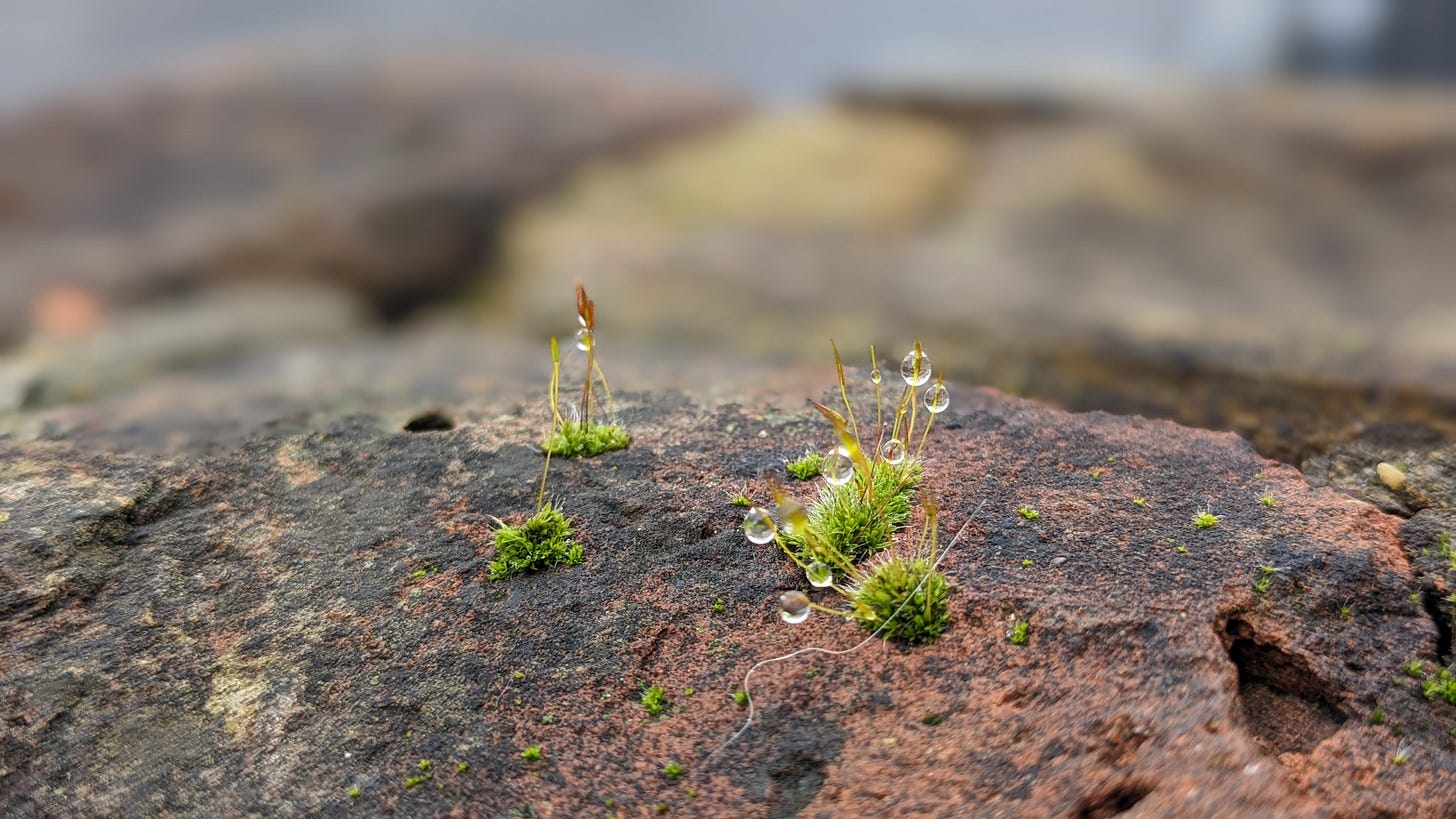
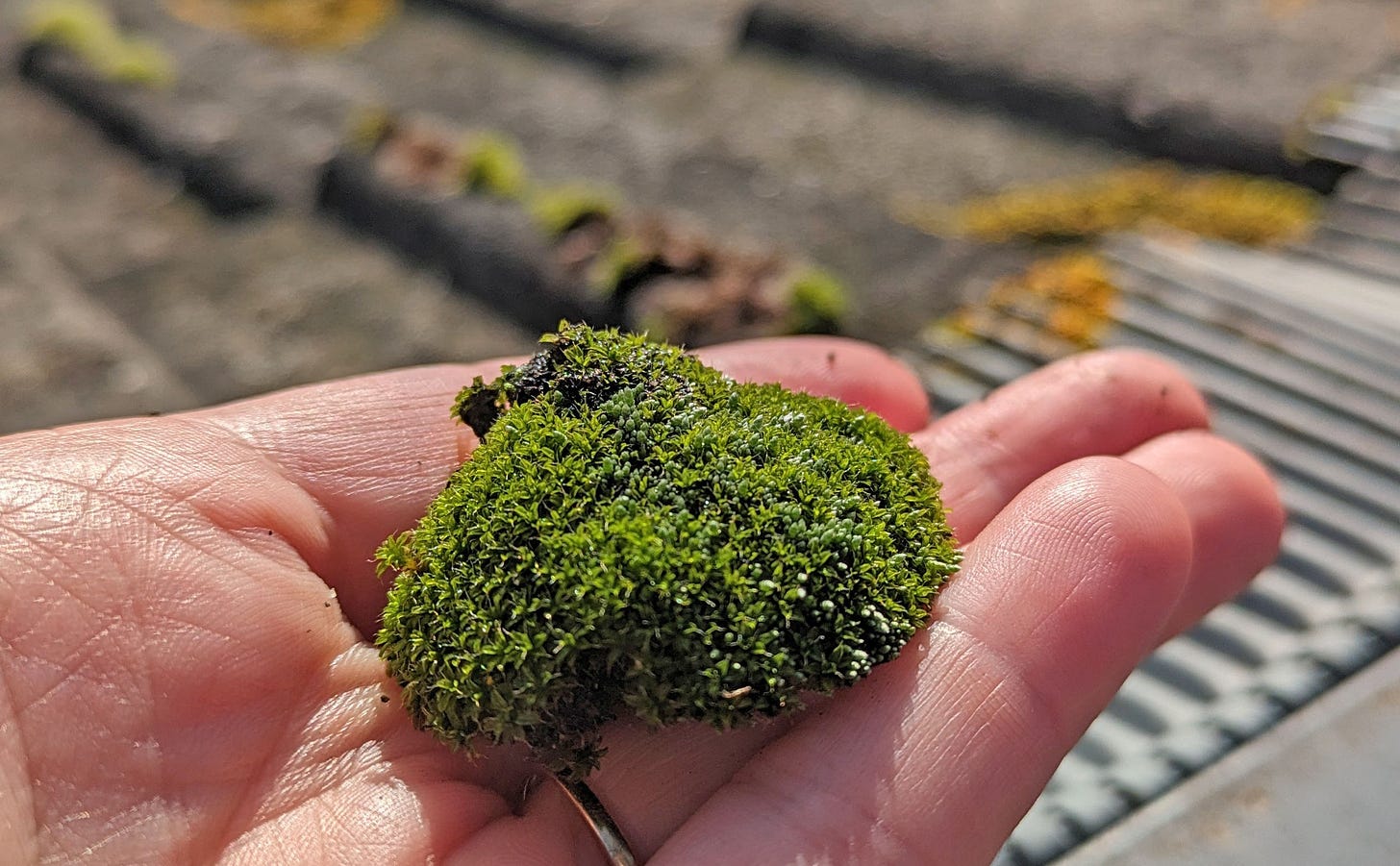
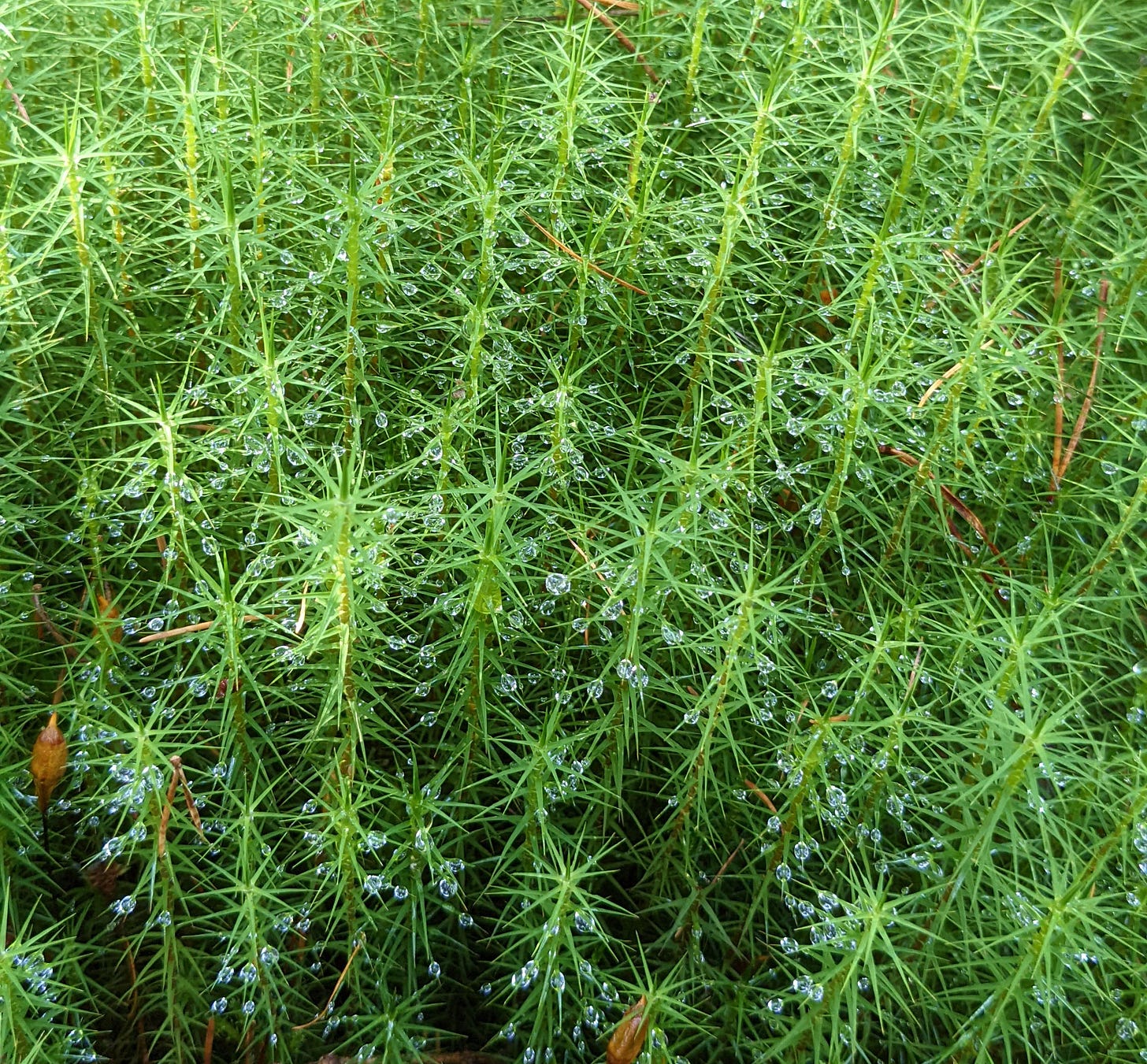
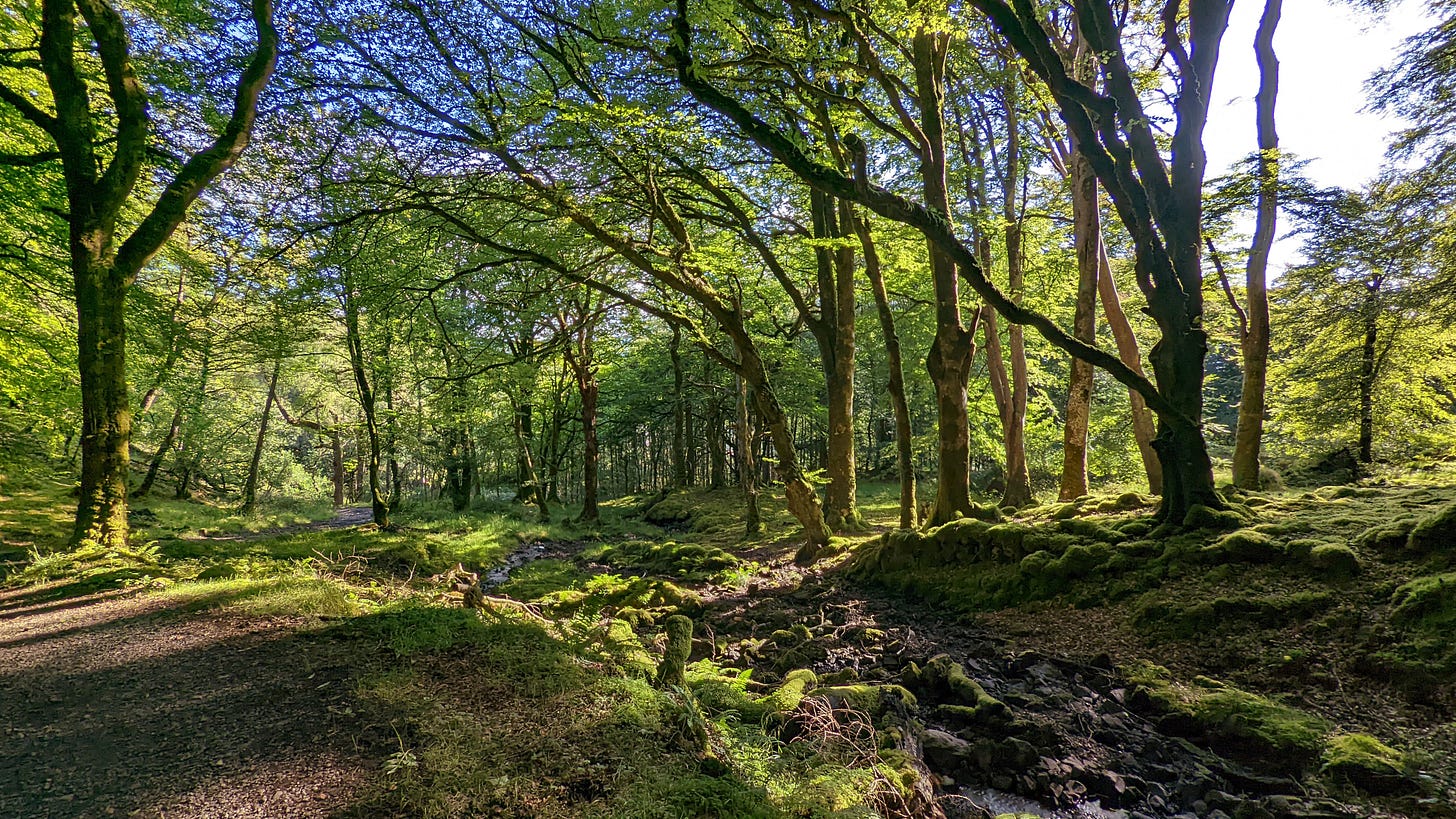
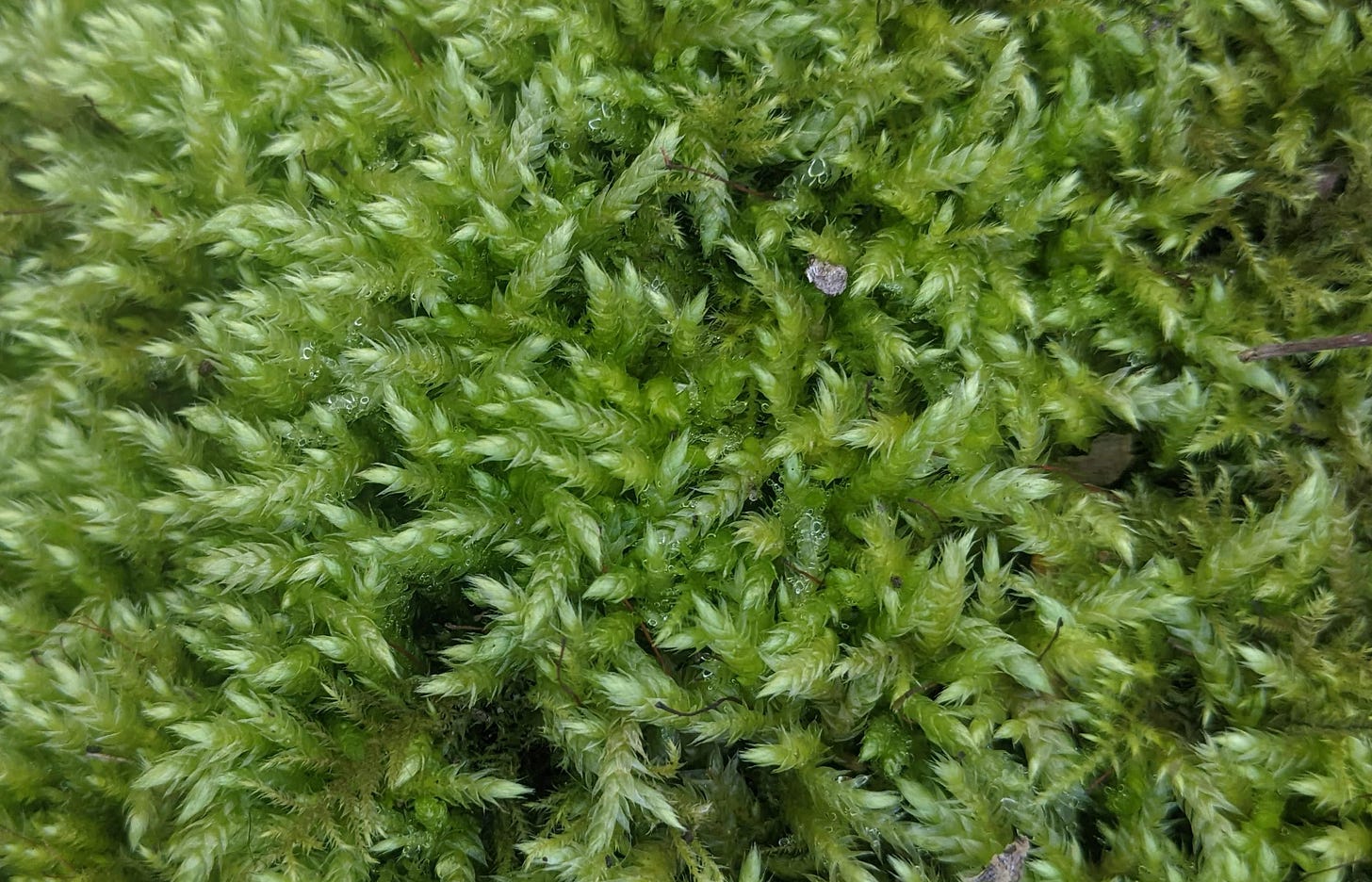
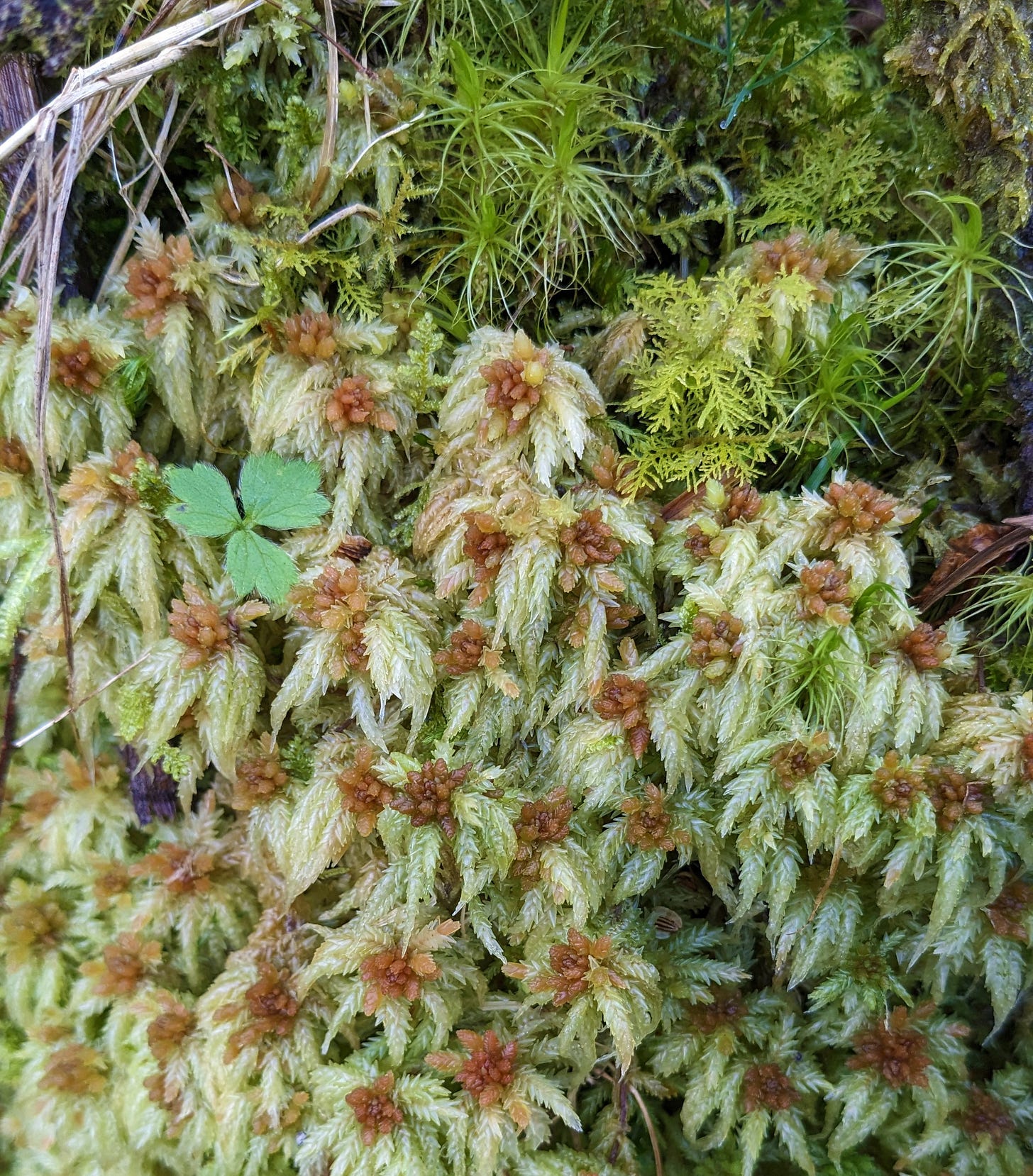
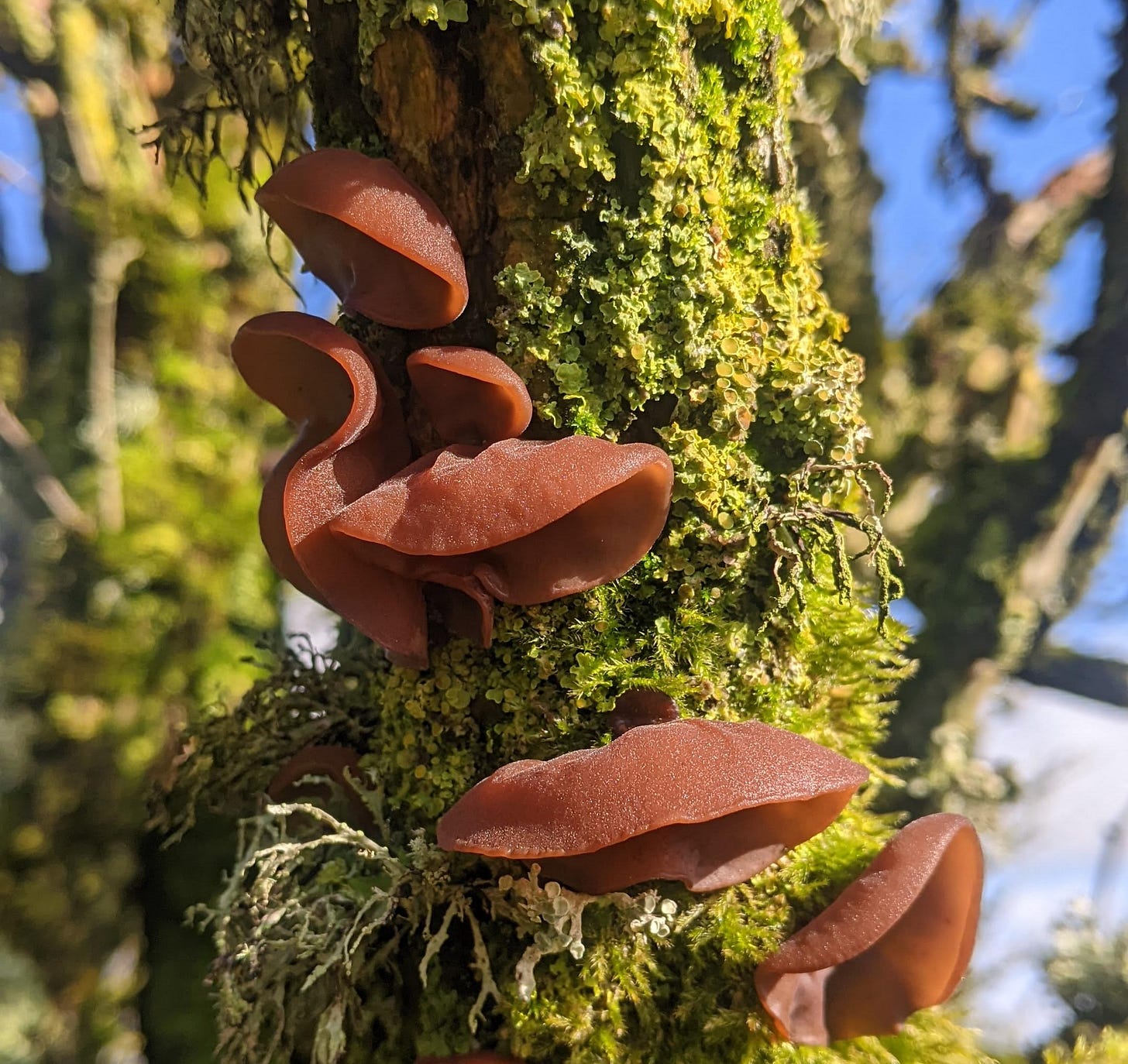
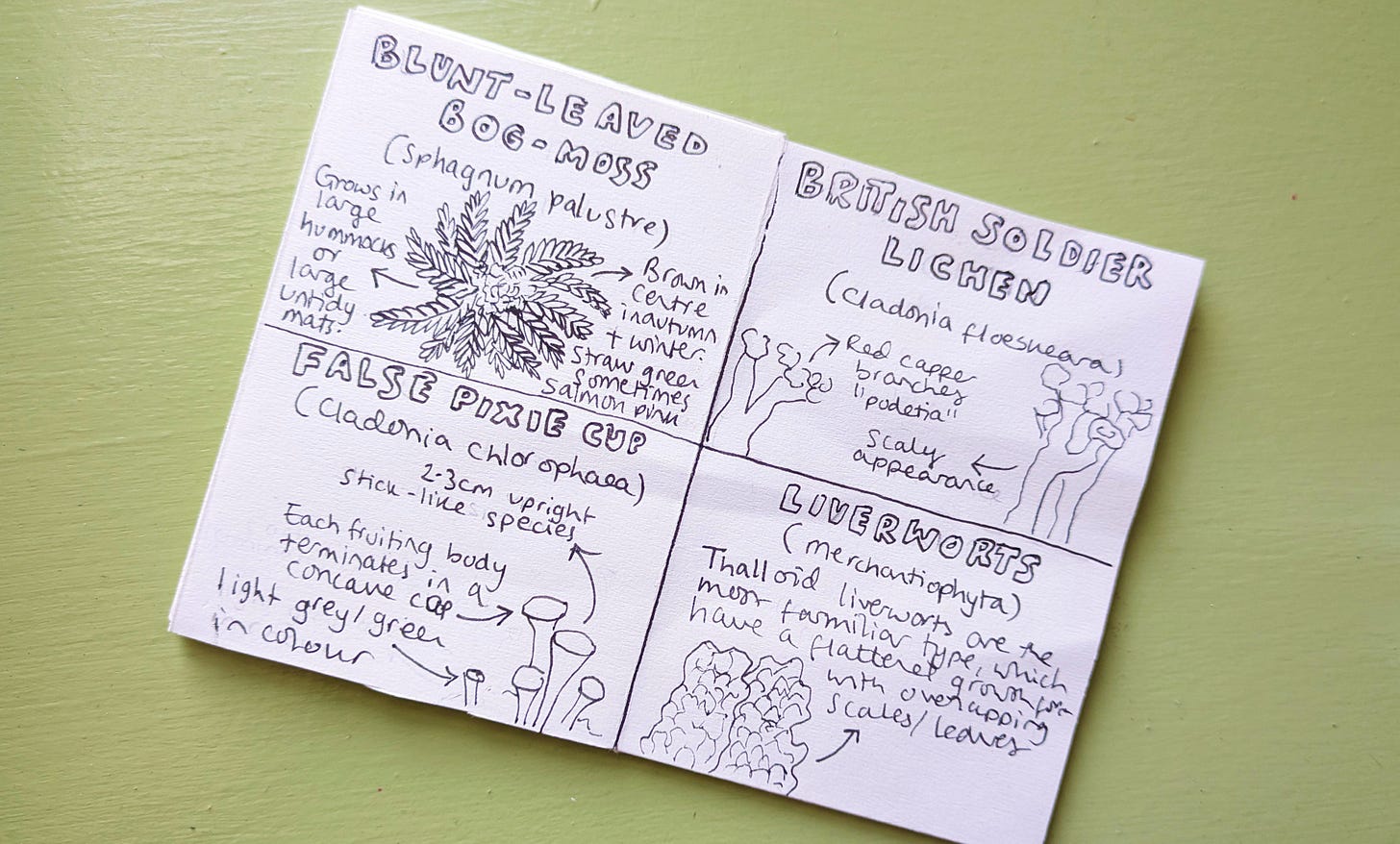
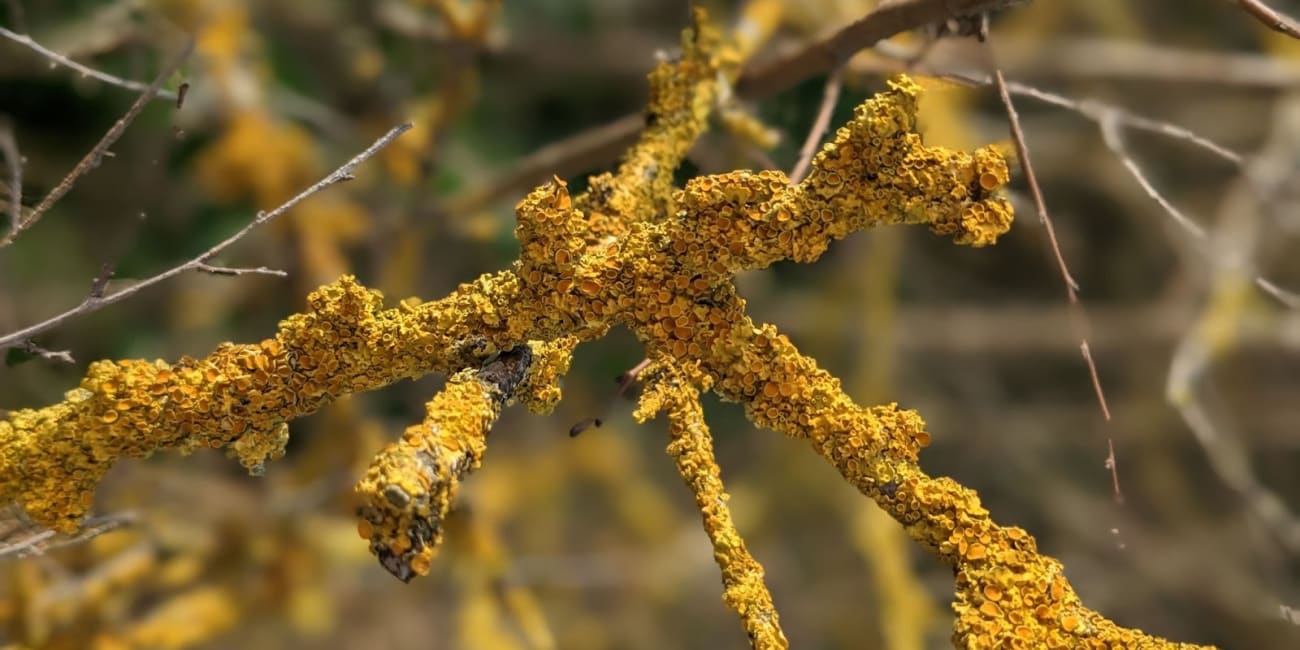
Lovely! Mosses are wonderful and not that difficult to identify once you get your eye in. I've found a great variety of mosses in the burial grounds of Edinburgh.
Moss is so incredible! There’s a little patch of mossy woodland at the top of our road that I love investigating :)